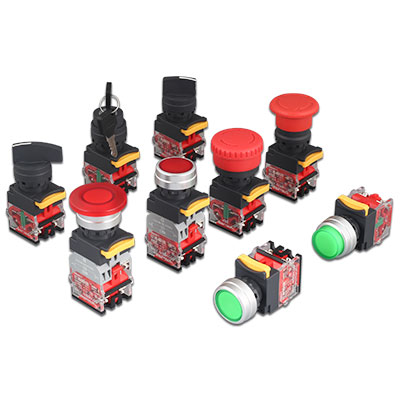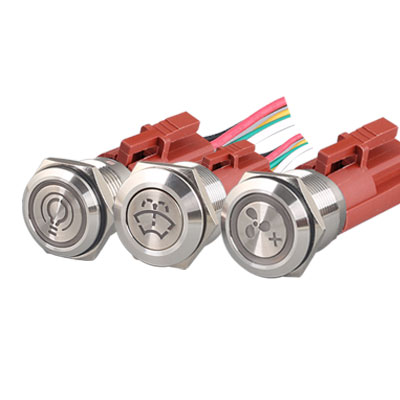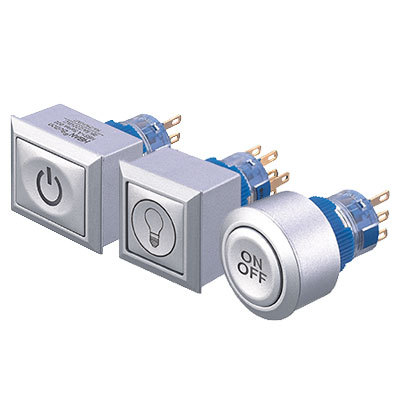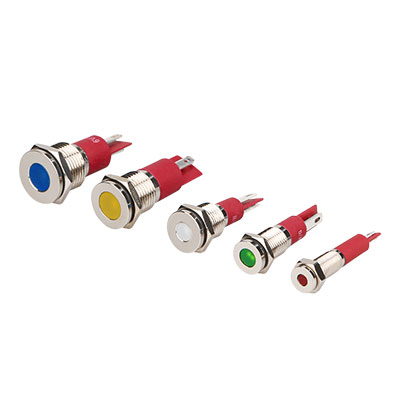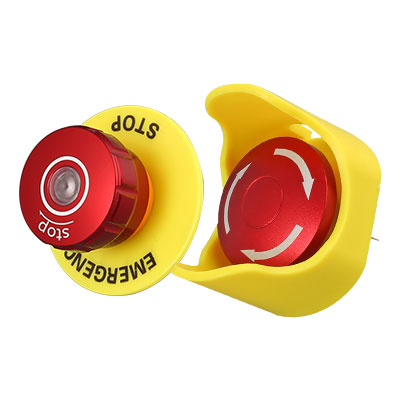What does the no, nc logo on the push button switches stand for?
Introduction
Push button switches are ubiquitous in our daily lives, used in everything from appliances to industrial machinery. You may have noticed the NO and NC labels on these switches and wondered what they stand for. In this article, we'll demystify these labels and help you understand their significance in the world of push button switches.
NO and NC: What Do They Mean?
NO and NC are abbreviations for two important switch states:
NO - Normally Open
In the context of push button switches, NO stands for "Normally Open." This means that when the switch is in its resting or default state (not pressed), the circuit is open, and no electrical current flows through it. When you press the button, it closes the circuit, allowing current to flow, and the connected device or system activates.
NC - Normally Closed
Conversely, NC stands for "Normally Closed." In this state, the switch maintains a closed circuit when it's in its resting position. When you press the button, it opens the circuit, interrupting the flow of current and deactivating the connected device or system.
Applications
The NO and NC configurations offer versatility in various applications:
NO (Normally Open)
- Safety Devices: Push button switches with NO configurations are often used in safety devices like emergency stop buttons. They keep the circuit open until pressed, ensuring quick device deactivation in case of an emergency.
- Alarms: NO switches are suitable for alarm systems. When a door or window is opened, it triggers the button, closing the circuit and activating the alarm.
NC (Normally Closed)
- Interlocks: NC switches are used in interlock systems to ensure that one action must occur before another can. For example, a machine may require a door to be closed (keeping the circuit closed) before it can operate.
- Circuit Breakers: Many circuit breakers use NC switches. When a fault occurs, the switch opens the circuit to prevent electrical overloads or short circuits.
Choose the Right Configuration
When selecting push button switches for your applications, understanding the NO and NC configurations is crucial. Consider the desired behavior of your circuit and how the switch will fit into your system.
Conclusion
NO and NC labels on push button switches signify critical information about their electrical behavior. Whether you need a switch that closes a circuit when pressed (NO) or opens it (NC), understanding these configurations is essential. Selecting the right switch ensures the safety and functionality of your devices and systems.
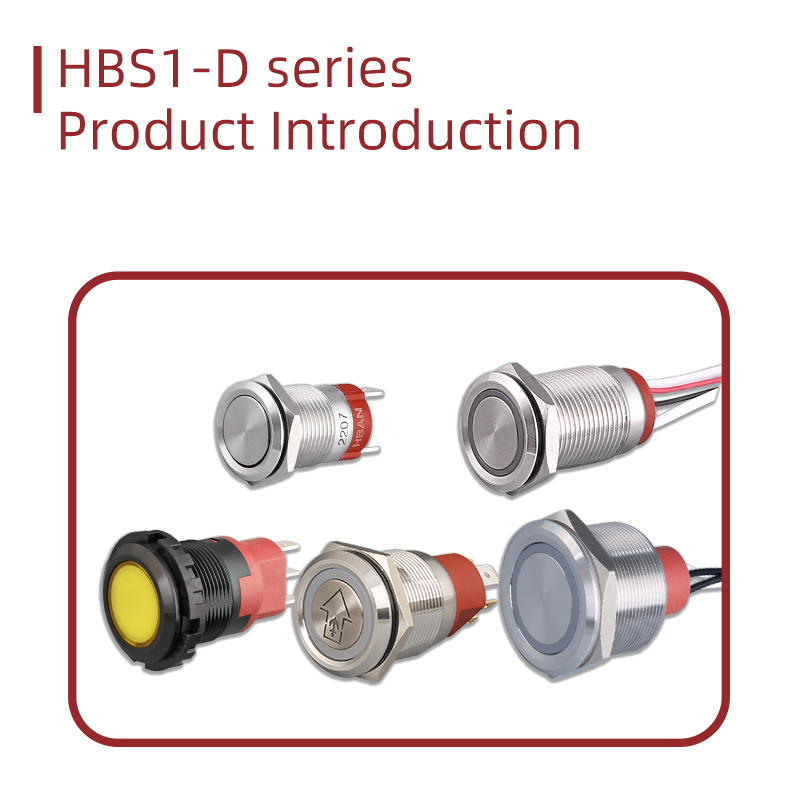 HBS1-D series push button switch Product Introduction | HBAN Push button
HBS1-D series push button switch Product Introduction | HBAN Push button
 HB-K10 HB-K20 Series Product Introduction | HBAN Push button
HB-K10 HB-K20 Series Product Introduction | HBAN Push button
 HBGQ Series Product Introduction | HBAN Push button
HBGQ Series Product Introduction | HBAN Push button
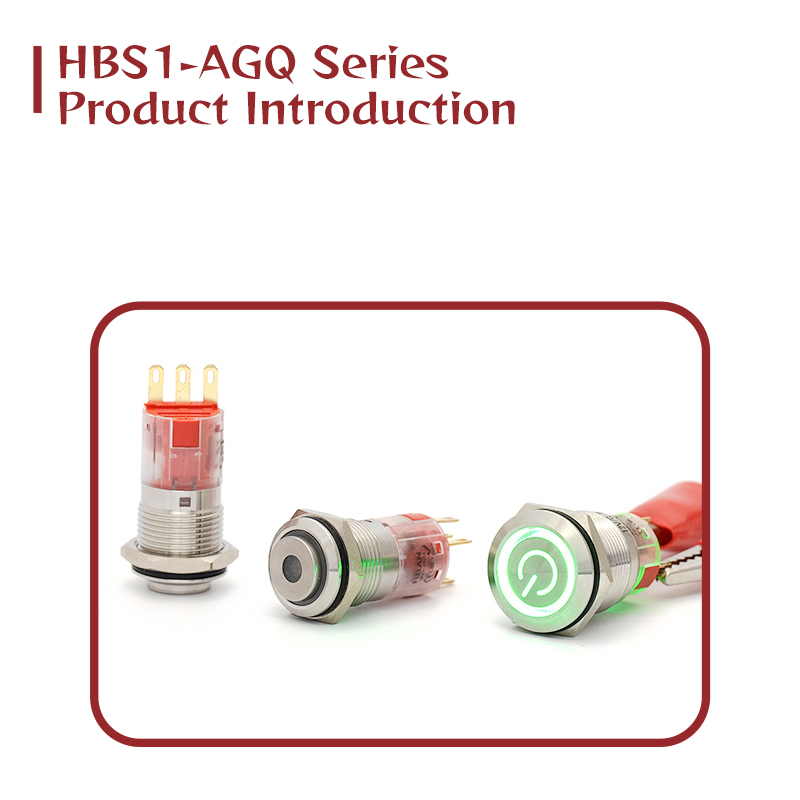 HBS1-AGQ Series Product Introduction | HBAN Push button
HBS1-AGQ Series Product Introduction | HBAN Push button








